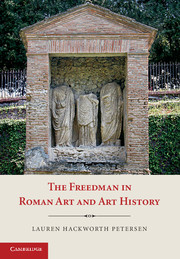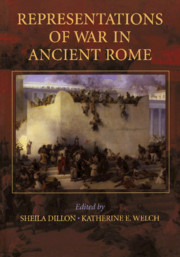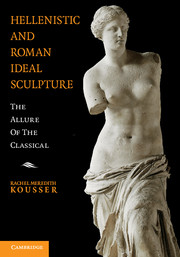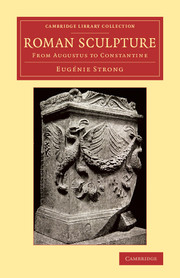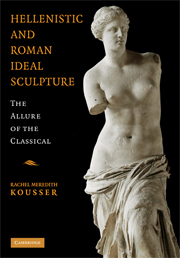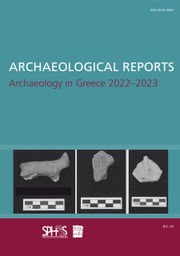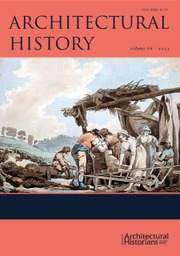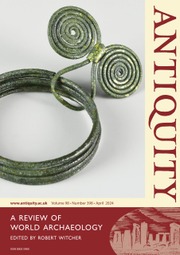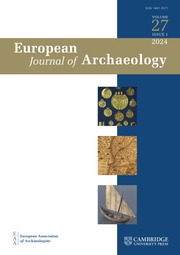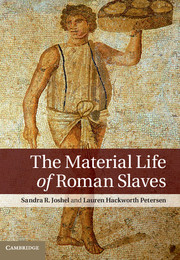The Freedman in Roman Art and Art History
From monumental tombs and domestic decoration, to acts of benefaction and portraits of ancestors, Roman freed slaves, or freedmen, were prodigious patrons of art and architecture. Traditionally, however, the history of Roman art has been told primarily through the monumental remains of the emperors and ancient writers who worked in their circles. In this study, Lauren Petersen critically investigates the notion of 'freedman art' in scholarship, dependent as it is on elite-authored texts that are filled with hyperbole and stereotype of freedmen, such as the memorable fictional character Trimalchio, a boorish ex-slave in Petronius' Satyricon. She emphasizes integrated visual ensembles within defined historical and social contexts and aims to show how material culture can reflect preoccupations that were prevalent throughout Roman society. Interdisciplinary in scope, this book explores the many ways that monuments and artistic commissions by freedmen spoke to a much more complex reality than that presented in literature.
- Features an interdisciplinary approach
- Generously illustrated
- New approaches to familiar monuments
Reviews & endorsements
"The argument is a sound and careful one and, as if that were not enough, the book is generously illustrated and lucidly written. In fact, Peterson's lucidity, combined with her careful presentation of essential information, make her individual chapters an excellent introduction to the various monuments that she considers." --Ellen Perry, College of the Holy Cross: NECJ
Product details
September 2011Paperback
9781107603592
312 pages
254 × 178 × 13 mm
0.66kg
140 b/w illus. 8 colour illus.
Available
Table of Contents
- Introduction: the Roman freedman, 'freedman art', and Trimalchio
- Public life and assimilation
- 1. Rebuilding Pompeii: the Popidius family and the Temple of Isis
- 2. The visibility of the Augustales in Pompeii
- 3. Memory-making in the funerary realm: the tomb of the baker in Rome
- Social integration: domus and family
- 4. 'Freedman taste' in domus decoration
- 5. To claim a domus: the house of the Caecilii at Pompeii
- 6. Family and community at the Isola Sacra Necropolis: the Tomb of the Varii.

